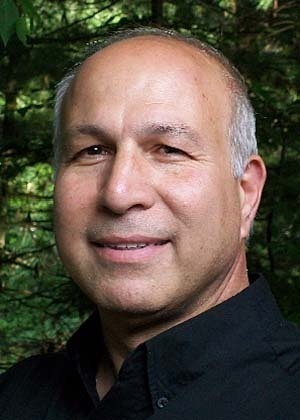Ray Musumeci, Comsearch’s Procheck Property manager, recently received certification as a Water Damage Restoration Technician. Musumeci joined the Comsearch team in 2001 after 14 years of serving as a field appraiser, multilines adjuster and claims manager for a property and casualty insurance company.
PBN: How does your professional background inform your position as manager of Procheck Property?
MUSUMECI: My 20 years of hands-on, auto- and construction-trade experience and my more than 20 years of insurance claims experience mean I have the background to know what it takes to settle a loss. I’ve been able to share that life experience with our staff, which they in turn use on a daily basis to better understand the scope of repairs. That real-world experience helps us “talk the talk” when dealing with contractors about repairs of just about any type or size.
PBN: Why is the WRT certification important to Comsearch?
MUSUMECI: Comsearch, over its 25-year history, has earned a reputation as being “an extension to the insurance company’s claims department.” We work closely with insurance professionals to provide a comprehensive portfolio of services designed to help manage auto and property claims.
The world of water mitigation and restoration has changed since the early days of arriving at the loss site and we recognize the importance of getting on the same page with restoration professionals. Learning the new techniques for drying of residential and commercial structures is very important to us and ultimately to the home or business owner.
PBN: What does this certification allow the company to do that it couldn’t do before?
MUSUMECI: The WRT training has brought to light new tools and more efficient ways of extracting water and drying structures. Extraction tools range anywhere from truck-mount extraction equipment to negative-air machines, but as we’ve learned there is a new science to it, psychrometry, which involves quick extraction and continuous measurements combined with proper use of drying equipment. Interestingly enough, the most important tool of all may be one of the smallest. It’s a hand-held device called a thermo-hygrometer. If used correctly, this little tool can provide valuable decision-making information and help more efficiently direct the entire mitigation process. •













